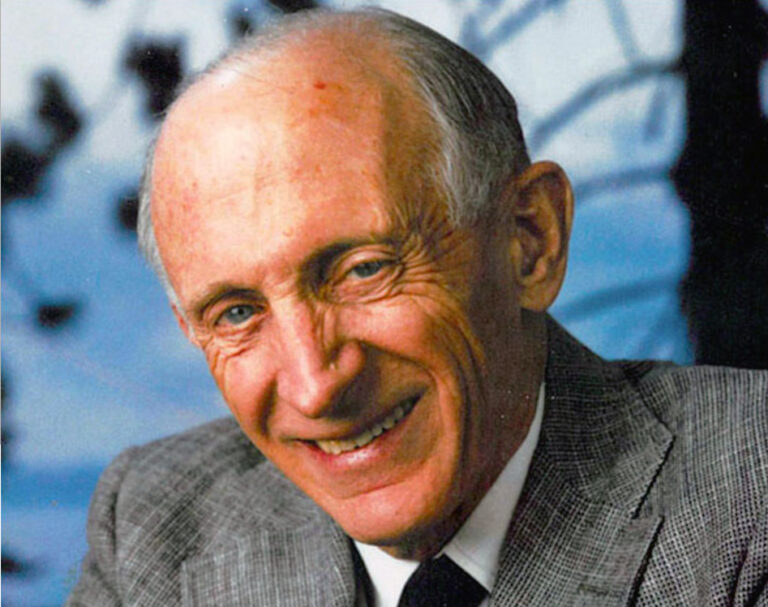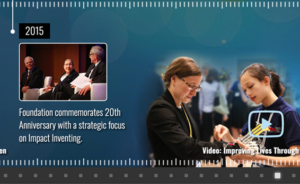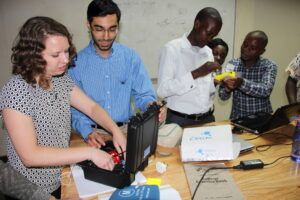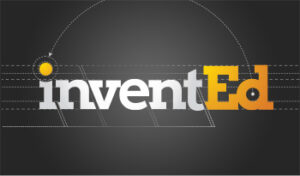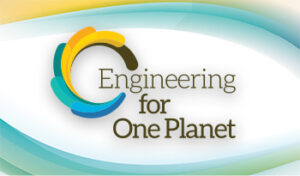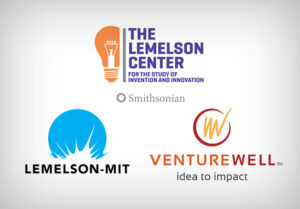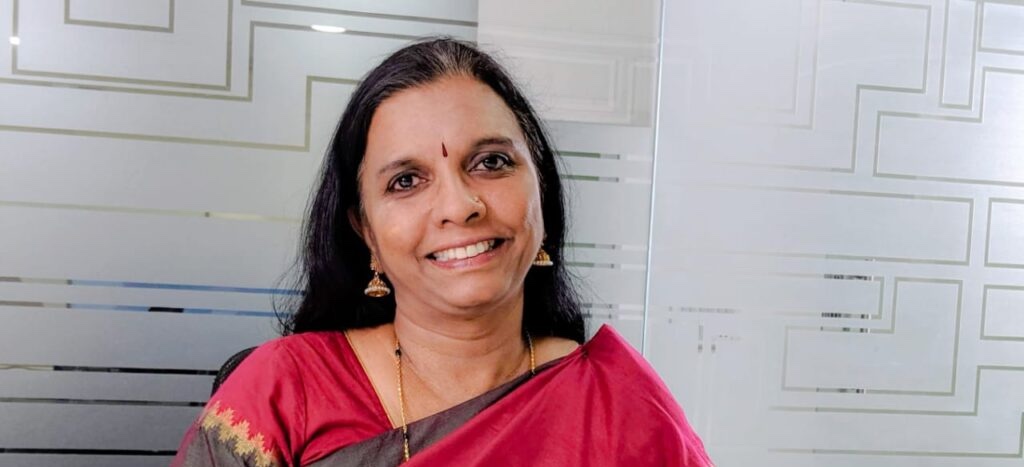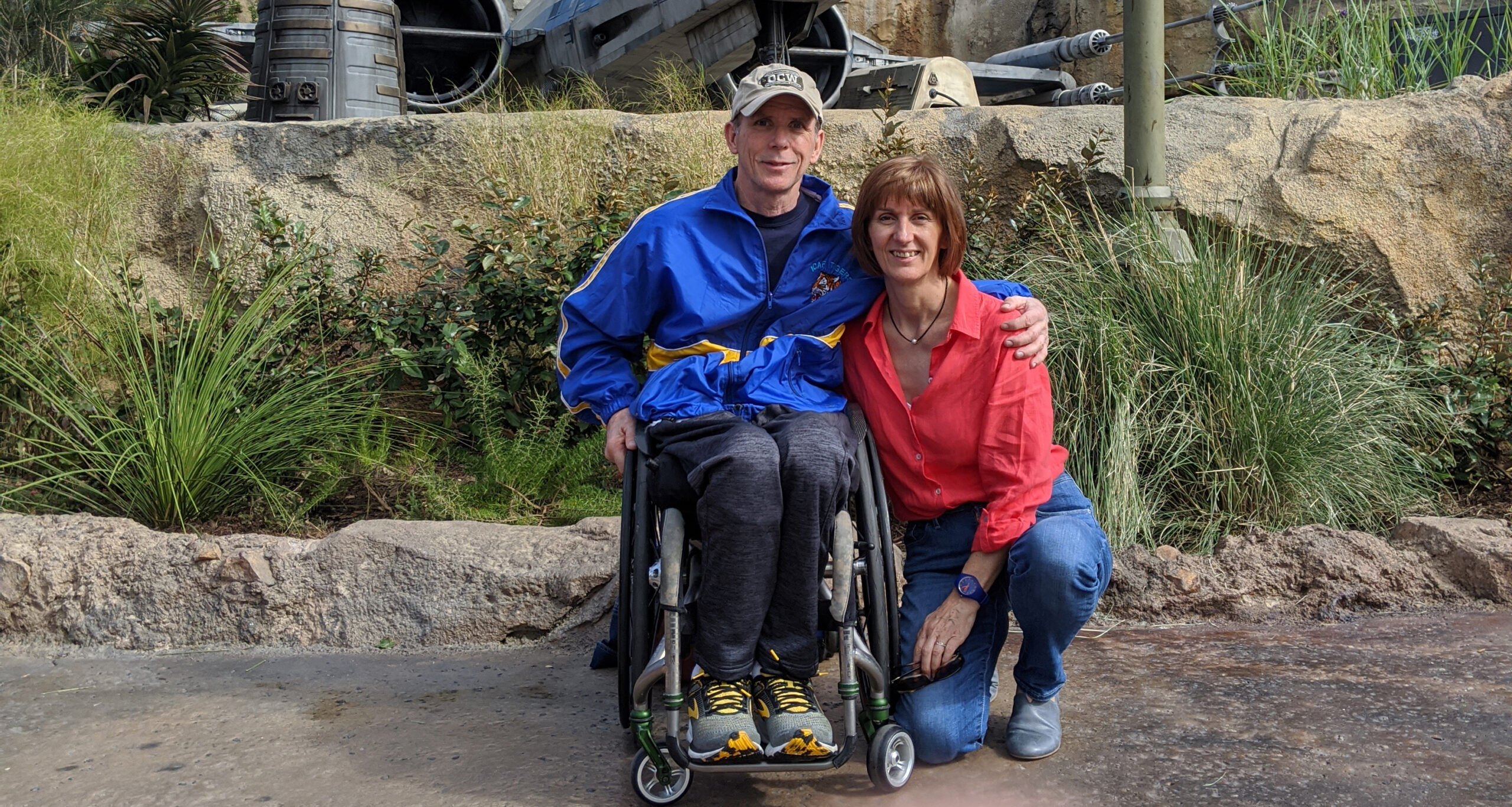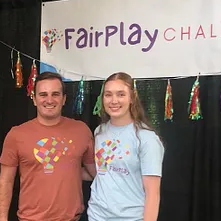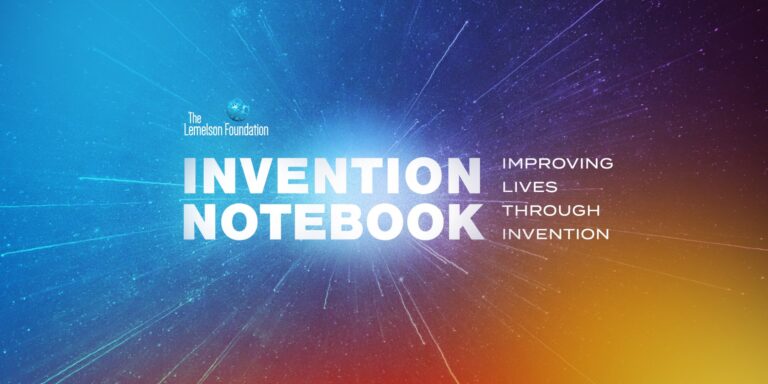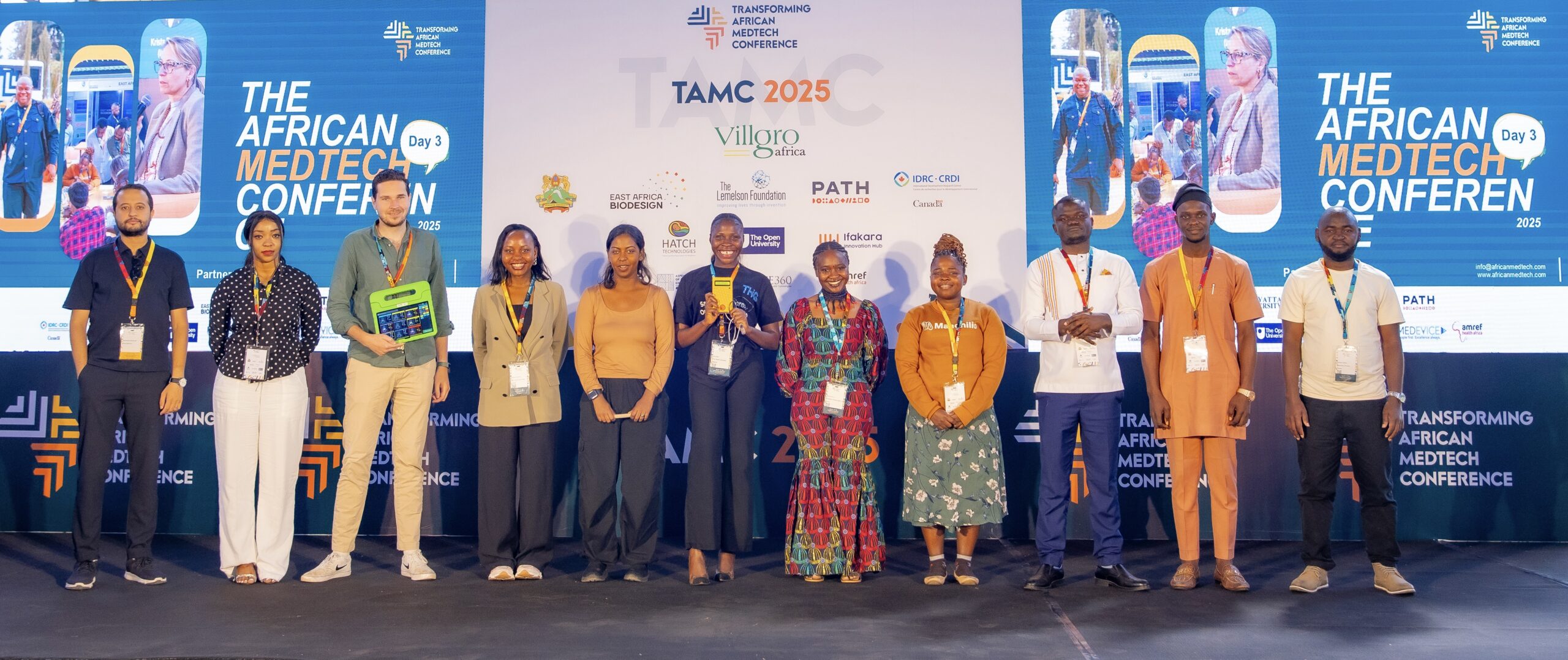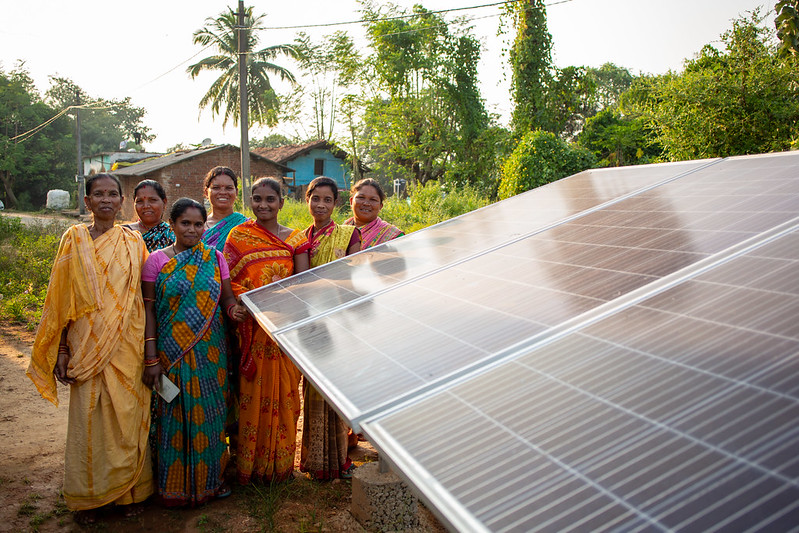Fostering a more resilient and equitable innovation economy requires the cultivation of home-grown talent

min read

Oregon is preparing the next generation of inventors and entrepreneurs to change their communities — and the world.
As the U.S. emerges this summer from the grip of the pandemic, much of the country is fully reopening for business almost as rapidly as it closed. Oregon is now reopening as well — stores and restaurants are welcoming customers, companies are increasing manufacturing, and travelers are returning to our top tourism destinations.
But the economic effects of a once-in-a-century pandemic — as well as the climate-change induced extreme weather the Pacific Northwest has recently experienced — tell us that life should not just return to business as usual.
Economic disparities that existed before the pandemic are even more stark now. Many employers closed for good in 2020 and early 2021, impacting a disproportionate number of women, people of color, and rural residents. Entrepreneurs were even harder hit. While the pandemic inspired innovation out of necessity, many would-be entrepreneurs lost access to funding, customers, markets, raw materials, and mentors — and government aid has not been readily accessible to entrepreneurs from underrepresented communities.
Entrepreneurship — specifically, high growth, innovation-driven entrepreneurship — is a critical part to building back our state and national economy and respond to other pressures like climate change in a way that is resilient, sustainable, and equitable.
Regions like Silicon Valley, Boston, and Seattle have long been seen as role models for states looking to increase innovation-driven economic growth. Even the Portland area, though we are known for doing things our own way, has not escaped the temptation to follow this model and has adopted the Silicon Forest nickname.
But the time has come to recognize that while many companies in those regions have seen astronomical growth and business success, the ecosystems on which they rely have fault lines below the surface — namely an overreliance on a mostly demographically homogenous talent pool. For would-be inventors from diverse backgrounds, closed networks often make it nearly impossible to access the necessary resources to launch and grow a business. And too many prospective innovators and entrepreneurs in underrepresented communities never even reach the point of recognizing their potential to invent products that could change the world.
Oregon has been a center of invention and innovation in the past, and has enormous potential to lead the country in developing new technologies that meet the needs of the economy, the planet, and our society. Business Oregon, the state economic development agency, recently released a ten-year innovation plan that identified priority sectors to help drive economic growth. Reaching the audacious goal of becoming a world leader in some of the most game-changing fields in energy, transportation, advanced manufacturing, agriculture, and others will take efforts that engage the full ecosystem of resources needed by innovators and their companies along the path from education to enterprise to scale.
But the first step is creating access for people who were shut out of opportunities before the pandemic, and are seeing the dream of building back better slip away. And an important next step is to create a next generation of young people who see their inventive potential before they are even old enough to drive.
We at The Lemelson Foundation call these trajectories for people and companies the Inventor and Innovation Pathways. Through our work, we’ve recognized the need for comprehensive support from the youngest ages, particularly for those prospective inventors from underrepresented backgrounds or without the resources their peers enjoy.
One example of a program that embraces the full ecosystem is InventOR: the statewide collegiate invention competition. Along with Business Oregon and Portland State University, we created InventOR in 2017 as an experiment to inspire and enable the next generation of inventors across the state. It started with five colleges. Today, it has grown to include 17 universities and community colleges across the state, and is a major player in the state’s innovation efforts.
At its heart, InventOR is an opportunity for institutions of higher education in Oregon to support their students in developing and showcasing inventions. The projects with the most promise receive financial and in-kind support. This year’s winner was a project named Electerro, out of the Oregon Institute of Technology, which created a combined solar array and wind turbine with a more natural aesthetic that is shaped like a birch tree. Importantly, it has reduced chemical toxicity and is safer for migratory birds.
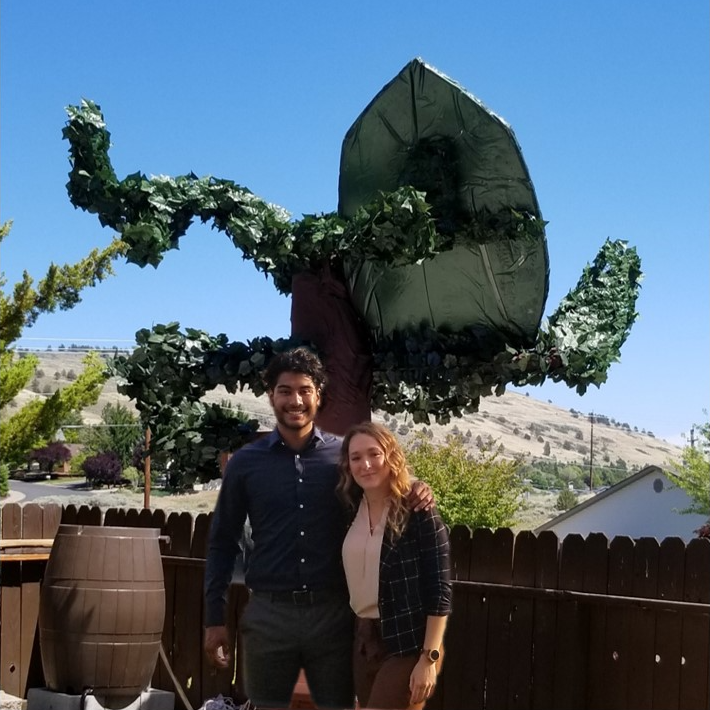
It was one of the many inventions this year that showed that climate change, environmental responsibility, and sustainability are top of mind for today’s college students. Previous years featured inventions from a team of women engineers from Oregon Tech called The Reclaimers, who developed a system to convert plastic waste back into crude oil, and a team from Portland State University called Turner Automotive, that adapted existing cars to run off hydrogen fuel with low-cost conversion kits. InventOR has adopted curricular toolkits to help young inventors consider the environmental impact of all of their inventions, regardless of whether they’re directly addressing sustainability or not.
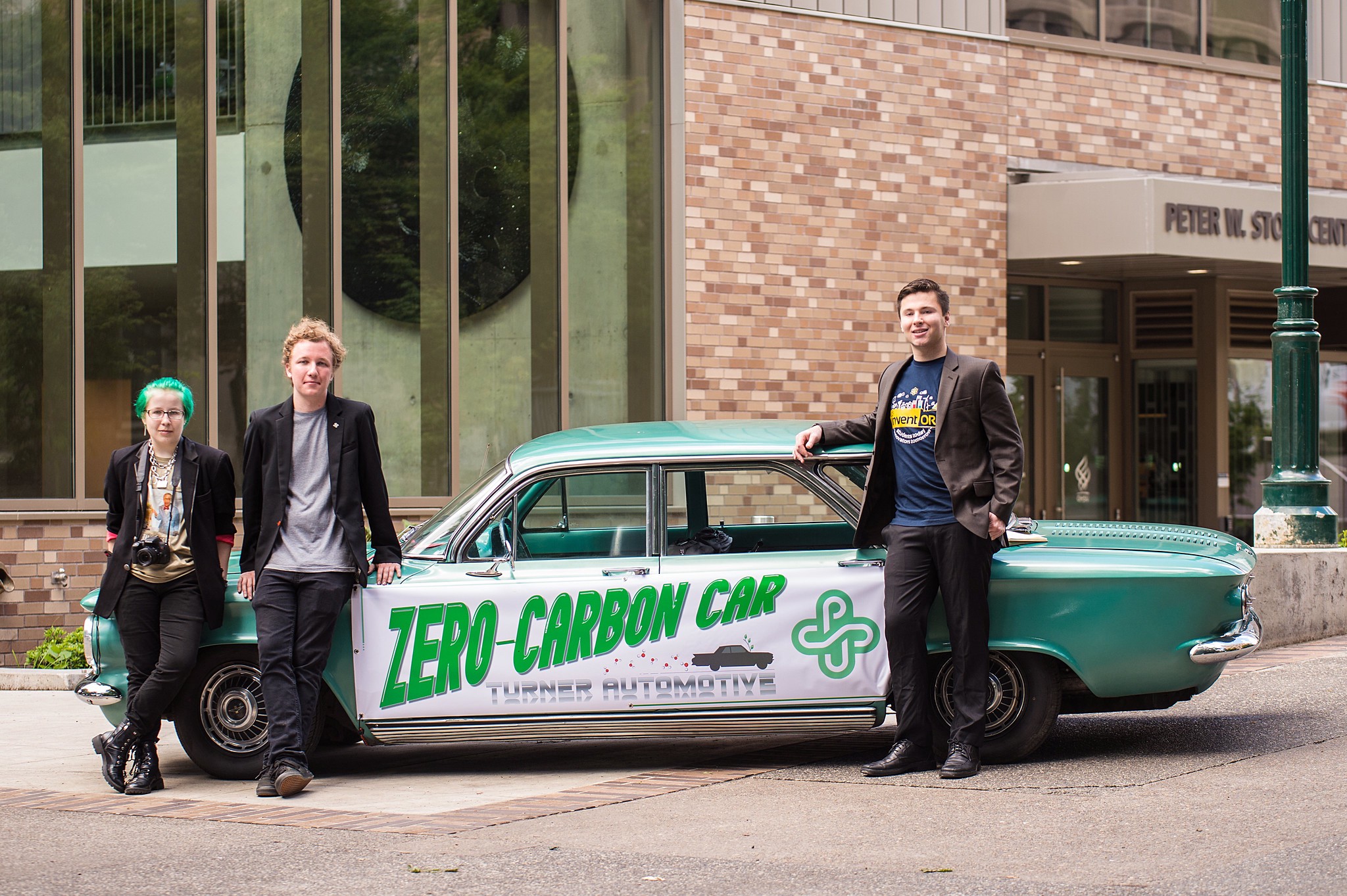
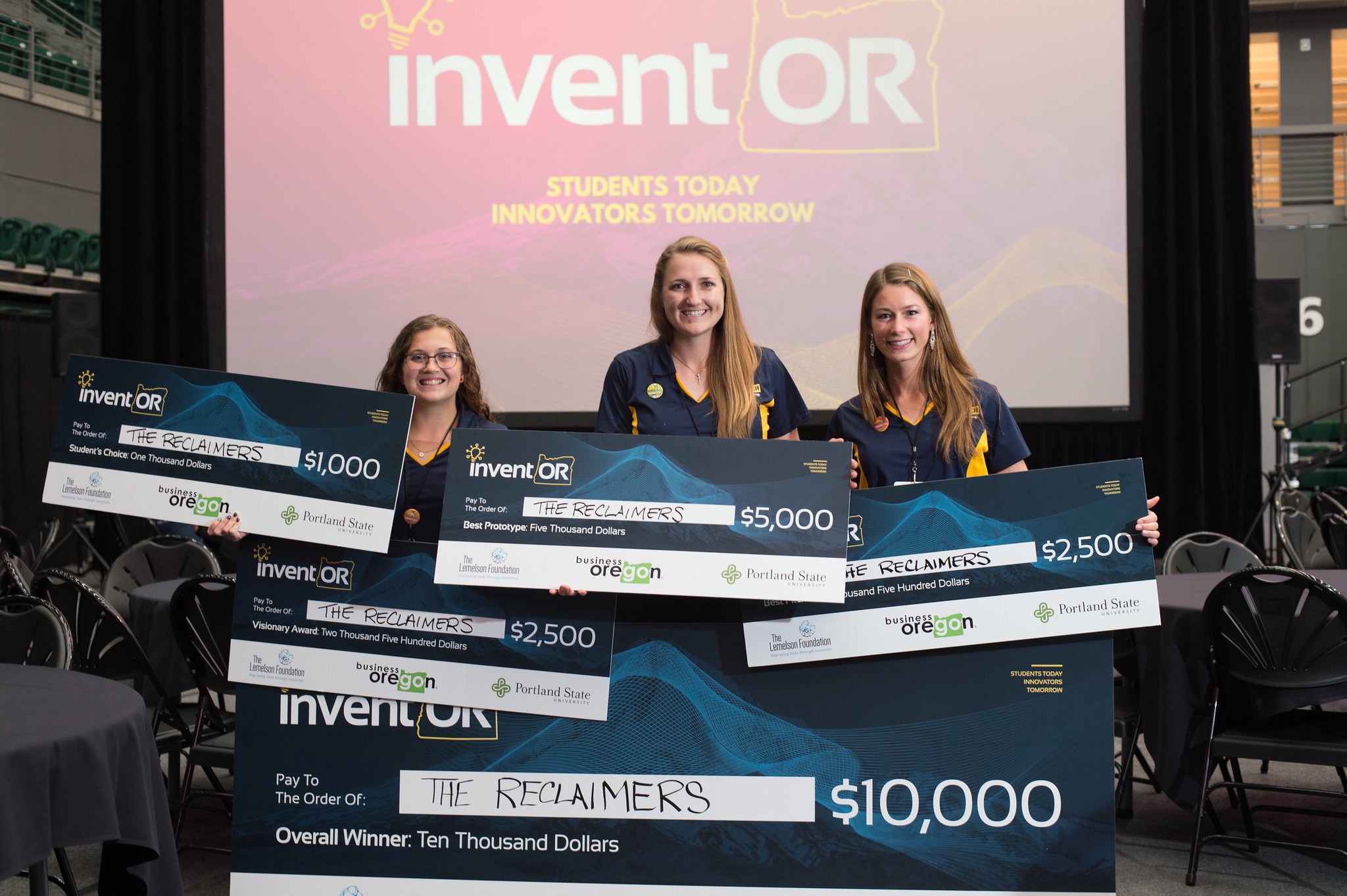
InventOR’s success comes from engaging with the full ecosystem. The program’s participating institutions range from rural community colleges to four-year universities like Oregon Tech, the University of Portland, Oregon State University, George Fox University, Portland State University, and the Oregon Health & Science University (OHSU) — and the resources available to students are widely varied.
Moreover, the students themselves come from diverse ethnic, cultural, and socio-economic backgrounds. Some have deep experience in STEM fields and need only access to prototyping equipment and technical mentors to turn their ideas into working products. Others need wraparound support so they can invent without worrying about basic living costs, transportation, or other barriers. InventOR meets each student participant where they are, because the program leads note that the quality of ideas and capacity for innovation is everywhere, even when resources are not.
We also know that a wide variety of individuals and organizations play a role in supporting these pathways, sometimes in very subtle or invisible ways. Some of these less visible partners are the most critical for enabling people from marginalized backgrounds to realize their full potential as inventors and entrepreneurs.
For example, universities, incubators and accelerators, investment funds, and researchers are typically celebrated for their contributions to the ecosystem. But K12 schools, philanthropies, and organizations that offer resources ranging from food assistance to transportation enable people to take advantage of the organizations that turn people with ideas into successful entrepreneurs. People without independent wealth have a harder time launching businesses for many reasons. They may have been steered away from creative thinking and invention in school, they may have been unable to participate in invention and entrepreneurship education because they didn’t have transportation or needed to work after school, or they may need money from a full time job to cover their basic needs and not have time to work on their invention or company. Support from organizations that provide or fund resources that fall into the education or social safety net bucket are critical for enabling people to take advantage of opportunities to become inventors or start businesses. We have a wealth of those types of less-visible contributors in Oregon, and hence have great potential for a strong and equitable innovation ecosystem.
Rebuilding Oregon into a thriving, resilient, and equitable center of innovation requires a commitment from everyone who contributes to the invention ecosystem. Programs that inspire, educate, and enable young people to learn the skills of invention and build critical mindsets as inventors and innovators must be a priority. We need the next generation of young people ready to continue progressing with new ideas and new products to keep our economy thriving.
We also need today’s invention and innovation-driven businesses to succeed so they can be drivers of near-term economic growth. Those companies need capital, mentors, access to markets, and technical and business support that can come from universities, government, investors, and others with rich experience and resources.
And finally we need young people. We need them to know that the problems they see in their communities are problems worth solving, and that they are the ones to solve them. Only then will Oregon take its place as a global leader and role model in invention and innovation.

Important Disclaimer: The content on this page may include links to publicly available information from third-party organizations. In most cases, linked websites are not owned or controlled in any way by the Foundation, and the Foundation therefore has no involvement with the content on such sites. These sites may, however, contain additional information about the subject matter of this article. By clicking on any of the links contained herein, you agree to be directed to an external website, and you acknowledge and agree that the Foundation shall not be held responsible or accountable for any information contained on such site. Please note that the Foundation does not monitor any of the websites linked herein and does not review, endorse, or approve any information posted on any such sites.

